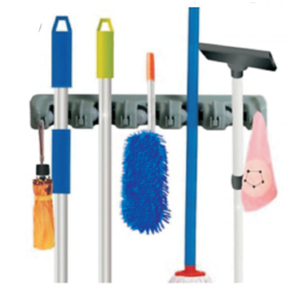Caution Board
Caution Board Specification
- Color
- Multicolor
- Size
- Standard
- Product Type
- Caution Board
- Material
- Plastic
- Application
- Industry and Home
- Function
- Collect Waste Material
Caution Board Trade Information
- Minimum Order Quantity
- 10 Pieces
- Supply Ability
- 10000 Pieces Per Week
- Delivery Time
- 1 Week
About Caution Board


Price:
- 50
- 100
- 200
- 250
- 500
- 1000+
More Products in House Keeping Equipment's Category
Mop and Broom Holder
Price Range 400.00 - 3500.00 INR / Piece
Minimum Order Quantity : 10 Pieces
Color : Multicolor
Function : Collect Waste Material
Size : Standard
Application : Industry and Home
String Mop Set
Price Range 400.00 - 3500.00 INR / Piece
Minimum Order Quantity : 10 Pieces
Color : Multicolor
Function : Cleaning
Size : Standard
Application : Industry and Home
Micro Fibre Mop Set
Price Range 400.00 - 3500.00 INR / Piece
Minimum Order Quantity : 10 Pieces
Color : Multicolor
Function : Cleaning
Size : Standard
Application : Industry and Home
Glass Cleaning Bucket
Price Range 400.00 - 3500.00 INR / Piece
Minimum Order Quantity : 10 Pieces
Color : Multicolor
Function : Collect Waste Material
Size : Standard
Application : Industry and Home

 Send Inquiry
Send Inquiry






 Send Inquiry
Send Inquiry Send SMS
Send SMS